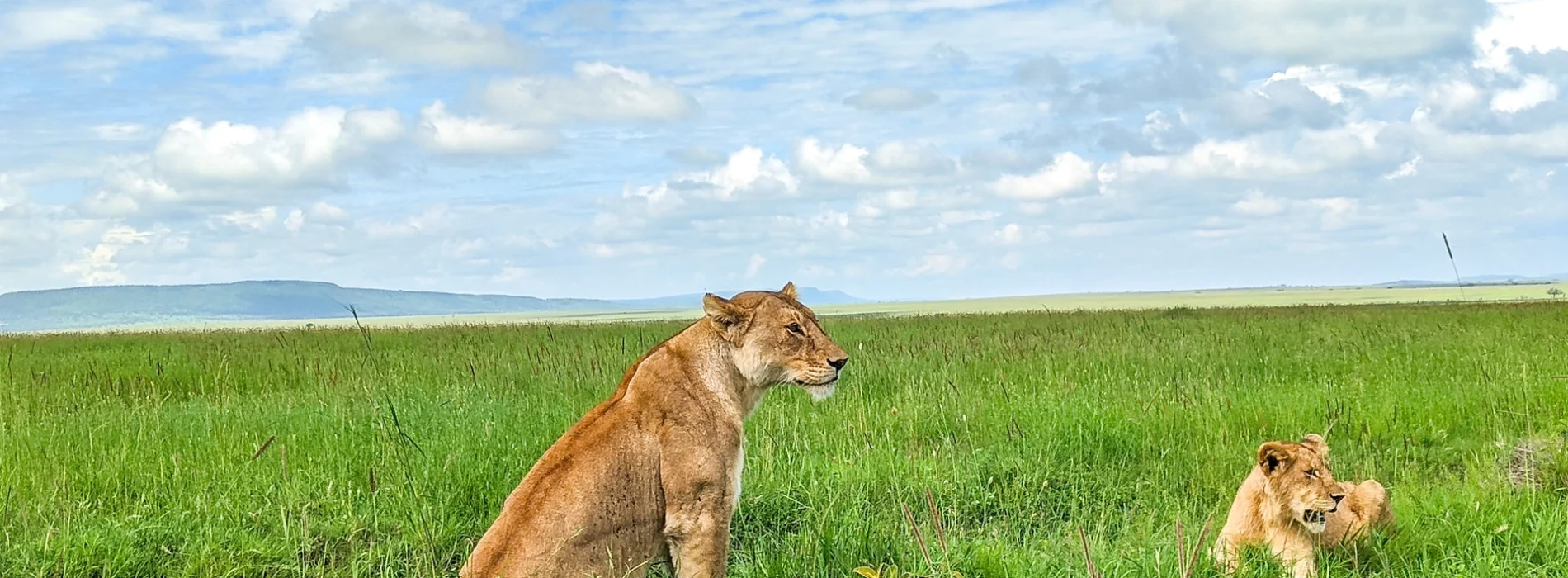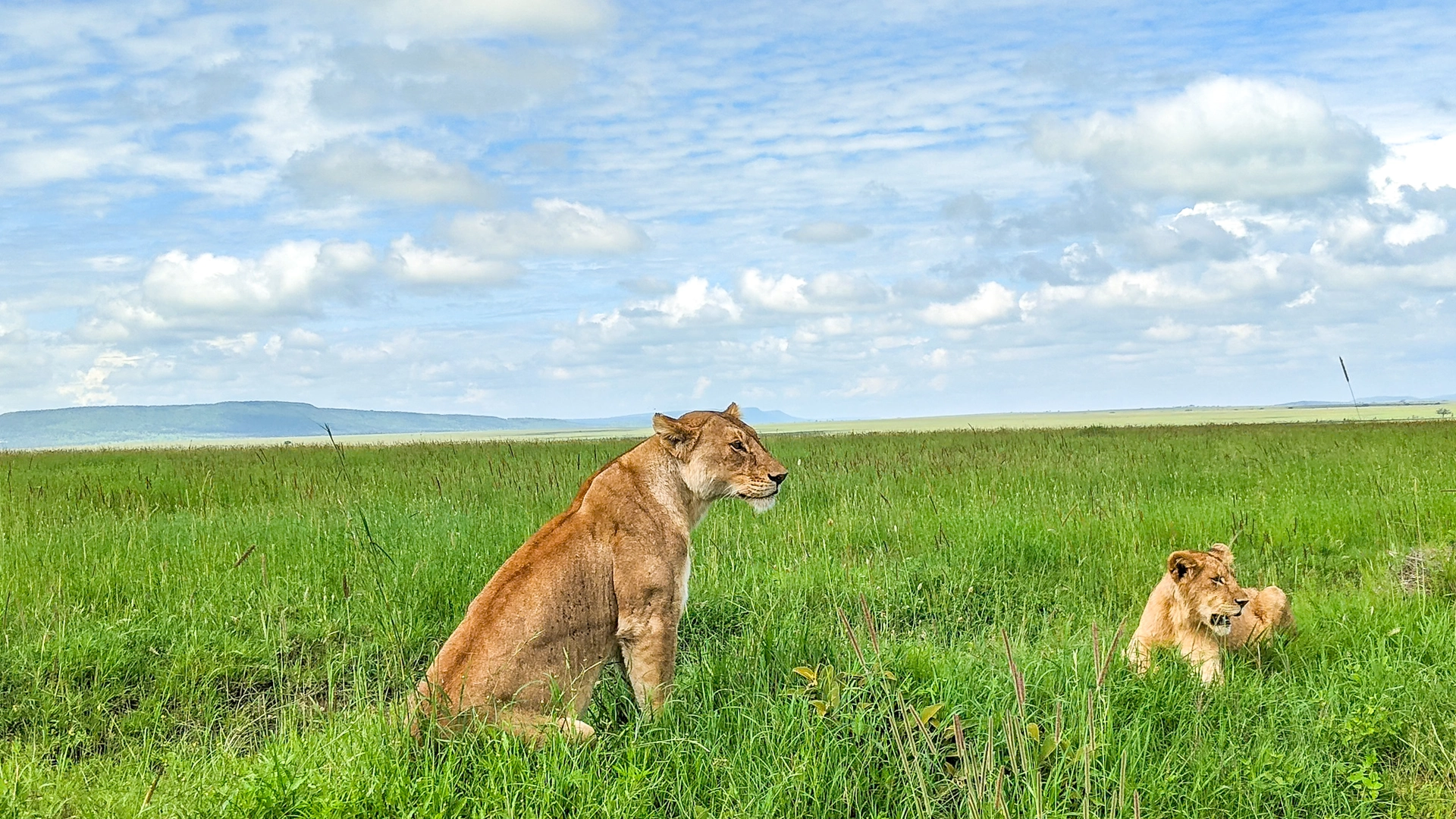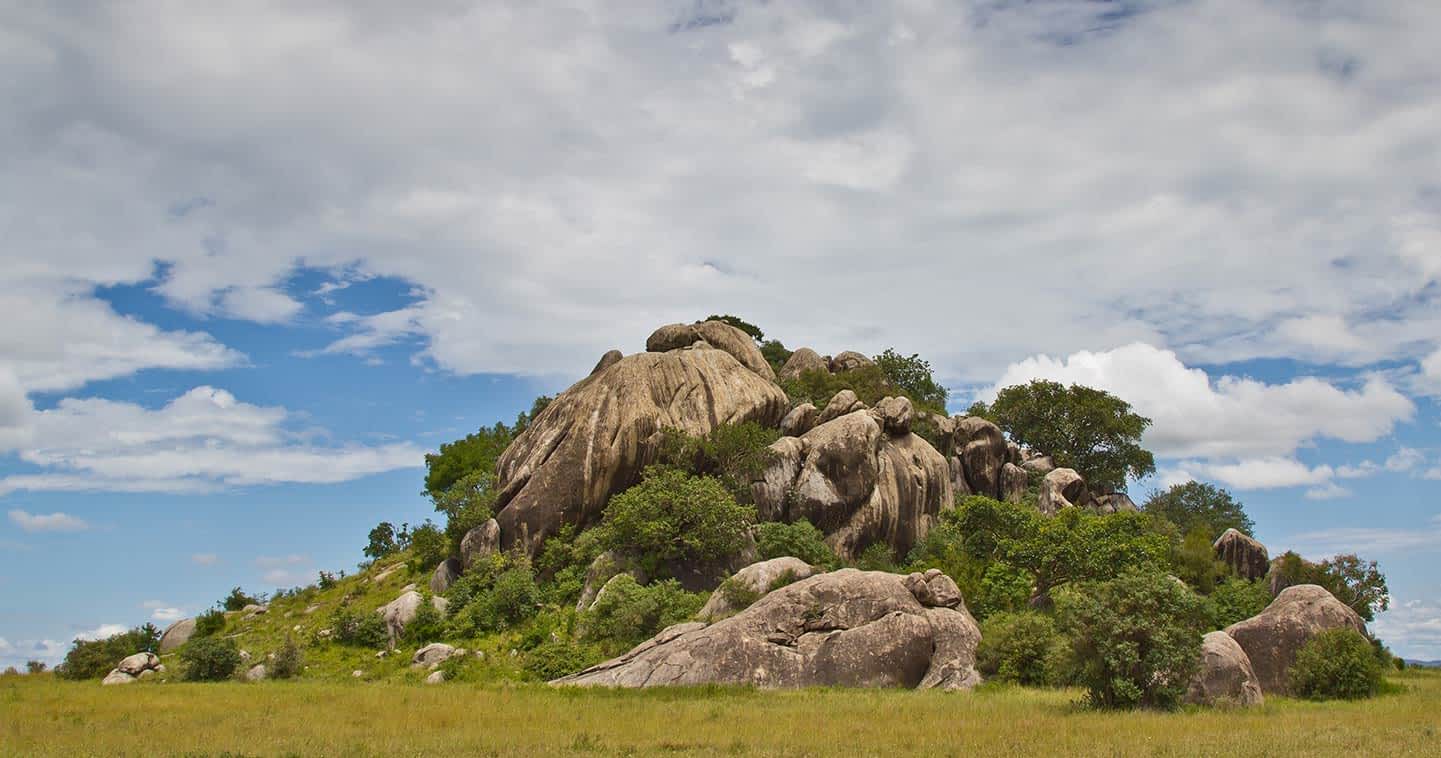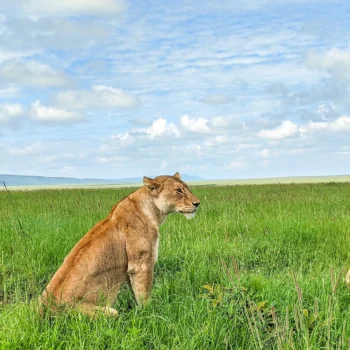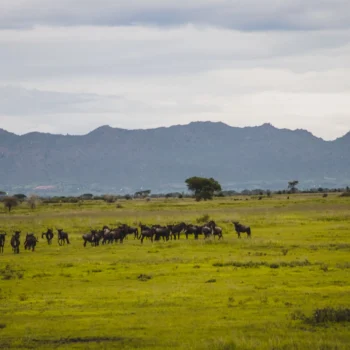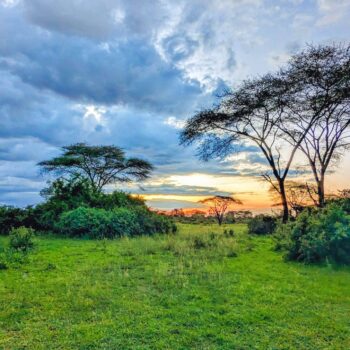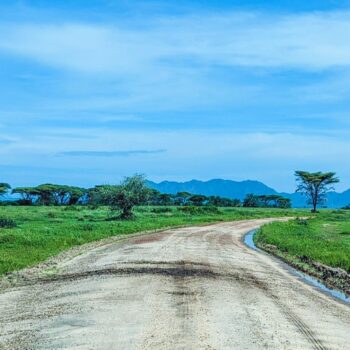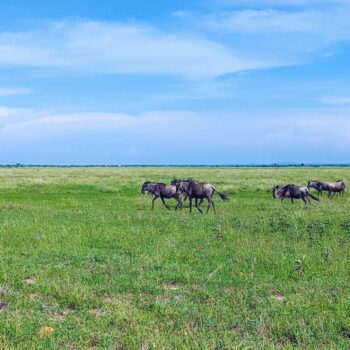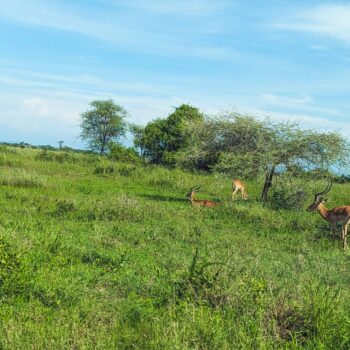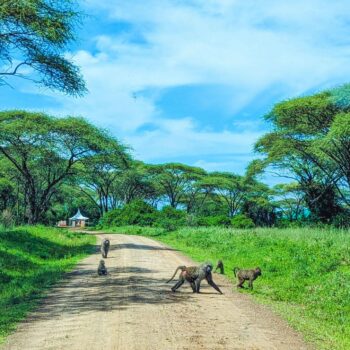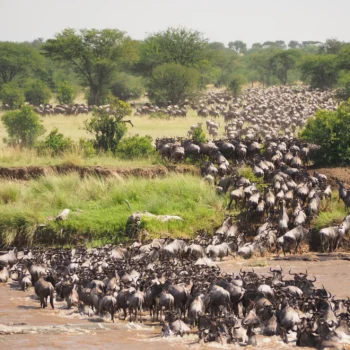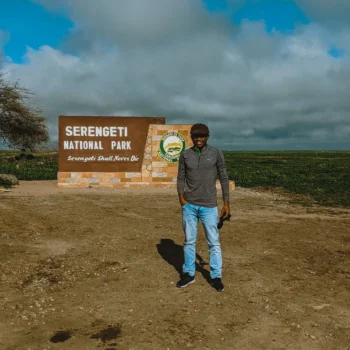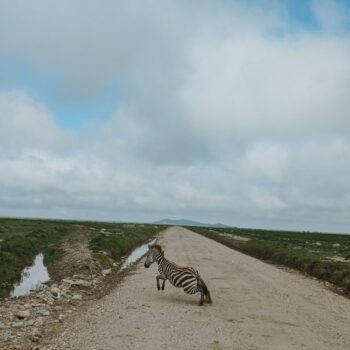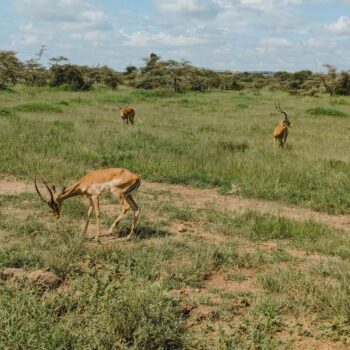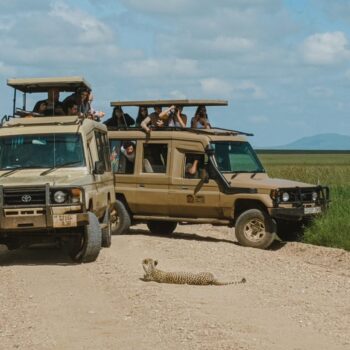Serengeti National Park
Serengeti National Park, in northern central Tanzania, is an amazing place with more to see than almost any other park in Africa. This UNESCO World Heritage Site covers a huge area, including the famous Serengeti ecosystem that stretches into Kenya’s Maasai Mara. The Maasai call it “Siringet,” meaning endless plains, which perfectly describes this wild kingdom. If you want to go on a safari, Serengeti is a must-see, offering the Great Migration, the Big Five, unique birds, endangered animals, and loads of carnivores and herbivores in stunning scenery.
The park covers over 14,763 square kilometers of wide-open grasslands packed with wildlife. It has the largest numbers of many animals, like wildebeest, zebras, hyenas, cheetahs, gazelles and lions. One of the most incredible things to see is the Great Migration, where over 1.3 million wildebeest, along with zebras and gazelles, travel to Kenya and back every year in search of fresh grass and water. It’s a natural wonder you can’t see anywhere else in the world.
For centuries, the Maasai people have also called the Serengeti their ancestral home. However, when the park was created in 1951, rules prevented them from grazing their cattle within the park. This led to the creation of the Ngorongoro Conservation Area in 1959, separate from Serengeti, where the Maasai could continue their traditional way of life. Even today, the relationship between protecting the park and respecting the Maasai culture is an important ongoing issue.
Serengeti has the highest number of carnivores, especially the big cats: lions, leopards, cheetahs, and spotted hyenas. Watching these powerful hunters is an unforgettable experience. You’ll also see tons of herbivores like buffalos, wildebeest, zebras, elephants, and giraffes spread across the plains. The park is also a vital home for endangered animals like the black rhino and the African hunting dog. Bird watchers will love the over 530 kinds of birds, many of which fly in from other parts of the world.
The park also has cultural and historical sites, showing the history of the Maasai and other tribes who lived here. You can see rock paintings and old ruins. The beautiful, wide-open landscapes with rolling hills and rocky areas (Kopjes) are another reason why UNESCO made Serengeti a World Heritage Site. The Mara River flows through the park, adding to the amazing views. There are also many different plants and insects, with beautiful flowers and butterflies during the rainy season.
Interesting Facts About Serengeti National Park
- Serengeti has the biggest animal migration left in the world, with over a million wildebeest moving each year.
- Serengeti is Tanzania’s oldest national park, established in 1951. UNESCO made it a World Heritage site in 1979 because of the migration and its unique land.
- It has the highest number of predator-prey interactions in the world.
- It has the largest populations of wildebeest, zebra, lion, cheetah, hyena, and gazelles.
How to Get There
You can fly into Serengeti or drive from Arusha through Karatu to the Naabi gate, or from Mwanza and Simiyu to the Ndabaka gate. Remember there are times you can’t enter the park depending on the gate, like 4 pm for Ndabaka.
